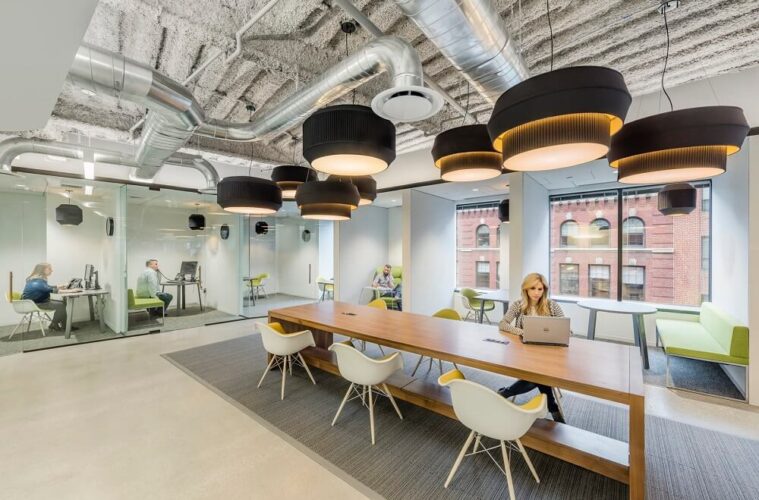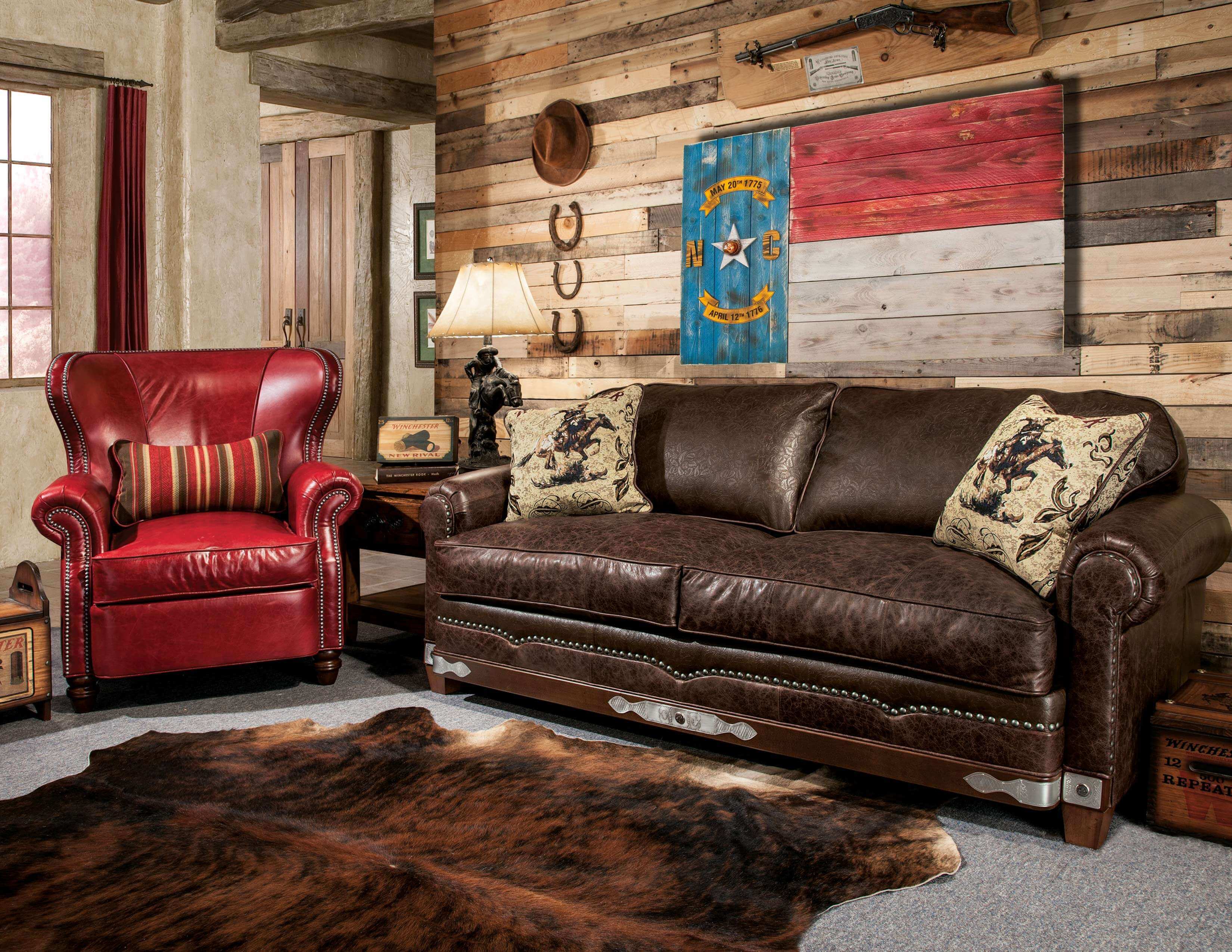The business world has seen the design of commercial spaces evolve dramatically over time. Gone are the days of drab, fluorescent-lit cubicles that symbolize a monotonous work environment. Instead, modern workplace design embraces flexibility, collaboration, and a deep respect for employee well-being. This article delves into the transformative trends reshaping commercial spaces, ensuring they foster productivity, creativity, and safety.
The Evolution of Workplace Design: From Cubicles to Open Spaces
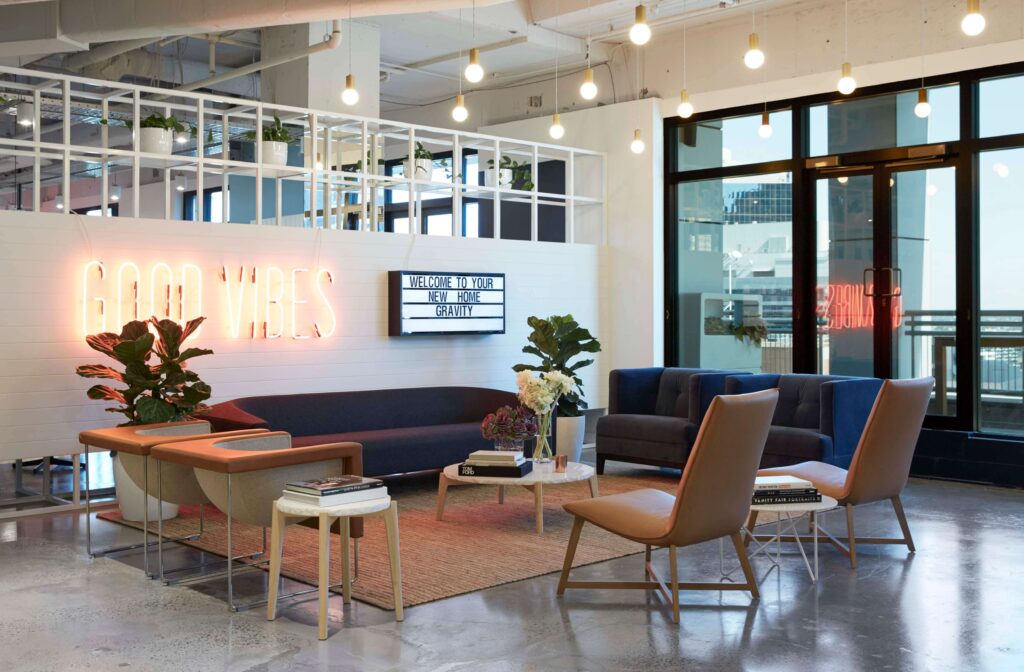
source: pinterest.com
The transformation of workplace design over the last few decades marks a significant shift in our understanding of work-life balance and employee productivity. Early office designs prioritized space efficiency over employee satisfaction, leading to the widespread adoption of cubicles. However, contemporary design trends have shifted towards open spaces encouraging employee collaboration and communication. This transition reflects a broader understanding of how environmental factors, such as light, space, and layout, directly impact worker productivity and morale.
Incorporating Flexibility and Collaboration in Office Layouts
Modern workplaces prioritize flexible layouts that can adapt to various work styles and functions. This flexibility extends beyond the physical arrangement of furniture to include the integration of technology that supports remote and hybrid work models. For instance, movable partitions, adjustable lighting, and ergonomic furniture cater to the dynamic needs of today’s workforce. Additionally, shared workspaces and communal areas are designed to foster collaboration, reflecting the growing recognition of teamwork in driving innovation and creativity.
The Importance of Biophilic Design in Enhancing Employee Well-being
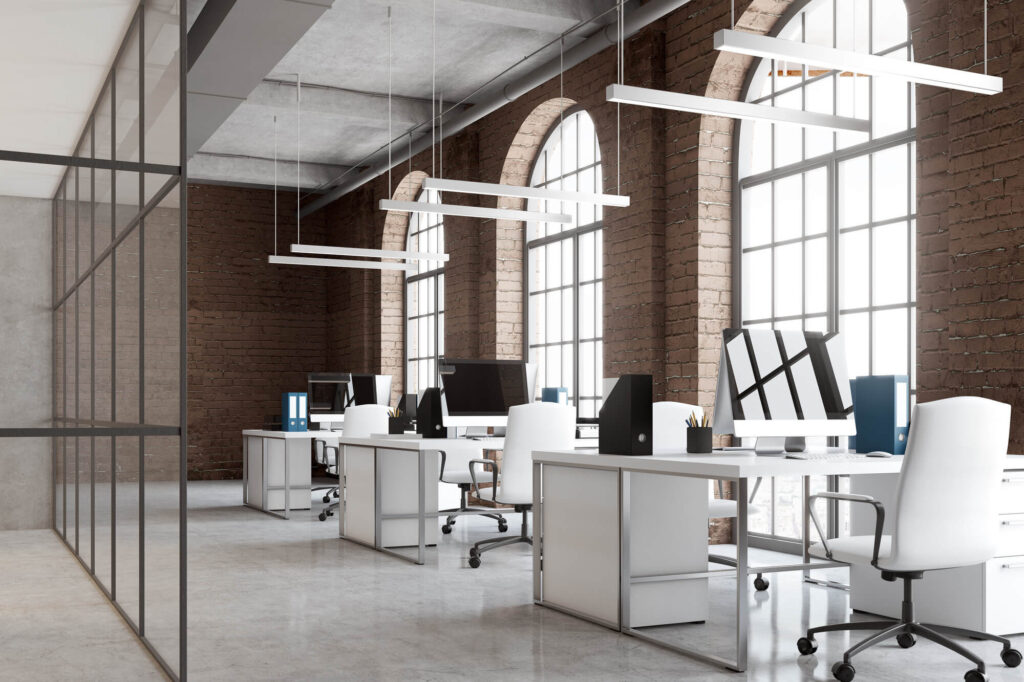
source: bluebell-inn.net
Biophilic design, which integrates natural elements into the workplace, has gained traction for its positive impact on employee well-being and productivity. Incorporating elements like natural lighting, indoor plants, water features, and materials that mimic natural textures can reduce stress, enhance creativity, and improve air quality. These design principles acknowledge the innate human connection to nature and aim to create healthier, more vibrant work environments that boost morale and job satisfaction.
Innovative Materials and Construction Techniques for Modern Workspaces
The use of innovative materials and construction techniques is pivotal in creating modern workspaces that are aesthetically pleasing, environmentally sustainable, and safe. Materials such as recycled glass, reclaimed wood, and low-VOC (volatile organic compounds) paints contribute to healthier indoor air quality and reduce the environmental impact of new constructions. Similarly, advancements in construction techniques have led to more efficient, safer building practices that minimize the occupational hazards associated with commercial projects.
Prioritizing Safety in Commercial Construction Projects
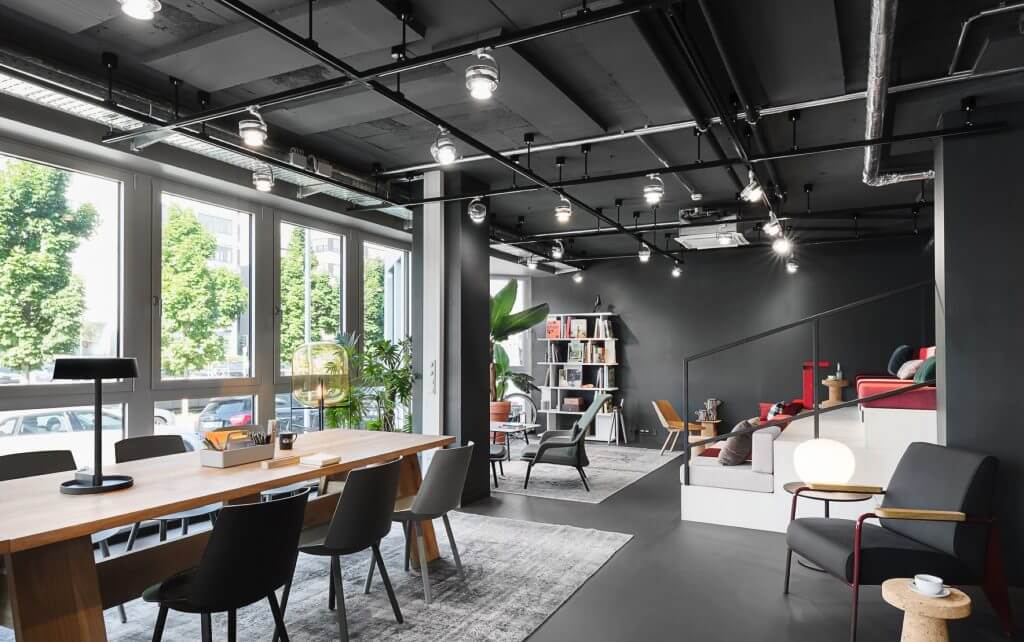
source: officeinspiration.com
Safety is a paramount concern in the construction and design of modern workspaces. This encompasses the physical safety of the construction process and the long-term well-being of the building’s occupants. Designers and architects must be vigilant in adhering to building codes and regulations that govern safety standards. Moreover, awareness of construction site hazards is crucial to prevent accidents and ensure a safe working environment for all involved.
The Role of Technology in Future Workplace Designs
Technology plays a critical role in the future of workplace design, offering tools that enhance efficiency, safety, and employee engagement. Smart building technologies, for example, automate climate control, lighting, and security systems to create more comfortable and energy-efficient environments. Additionally, digital collaboration tools and platforms facilitate seamless communication among remote and on-site teams, promising a more connected and productive workforce. As technology advances, its integration into workplace design will undoubtedly continue to evolve, shaping how we work and interact within commercial spaces.
Sustainability and Efficiency in Modern Commercial Architecture
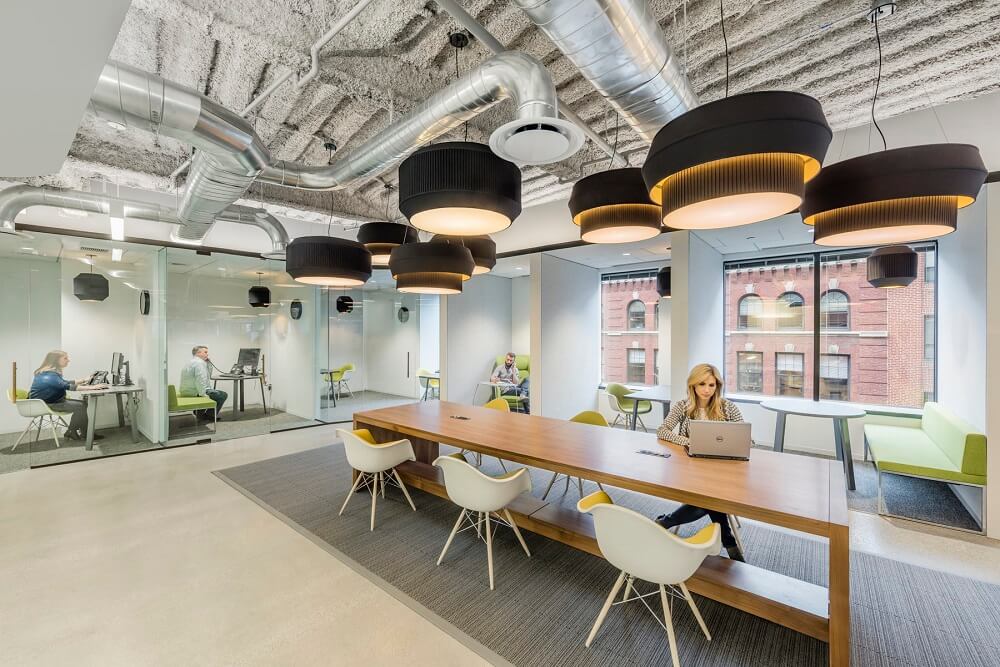
source: thewowstyle.com
Sustainability is no longer a buzzword but a fundamental principle guiding modern commercial architecture. This shift towards eco-friendly design practices emphasizes the need for buildings that consume less energy, utilize renewable resources and minimize waste. Efficient HVAC systems, solar panels, and green roofs are just a few examples of how commercial spaces are becoming more sustainable. Beyond the environmental benefits, these practices also lead to significant cost savings over time, making sustainability a smart investment for the future of commercial design.
The modern workplace is undergoing a profound transformation, driven by changes in work culture, technological advancements, and a growing emphasis on employee well-being and environmental sustainability. As we look to the future, the trends highlighted in this article will continue to influence the design of commercial spaces, making them more adaptable, efficient, and conducive to productivity and creativity. By prioritizing flexibility, collaboration, and safety, the workplaces of tomorrow promise to be spaces where innovation thrives, and employees feel valued and inspired.

